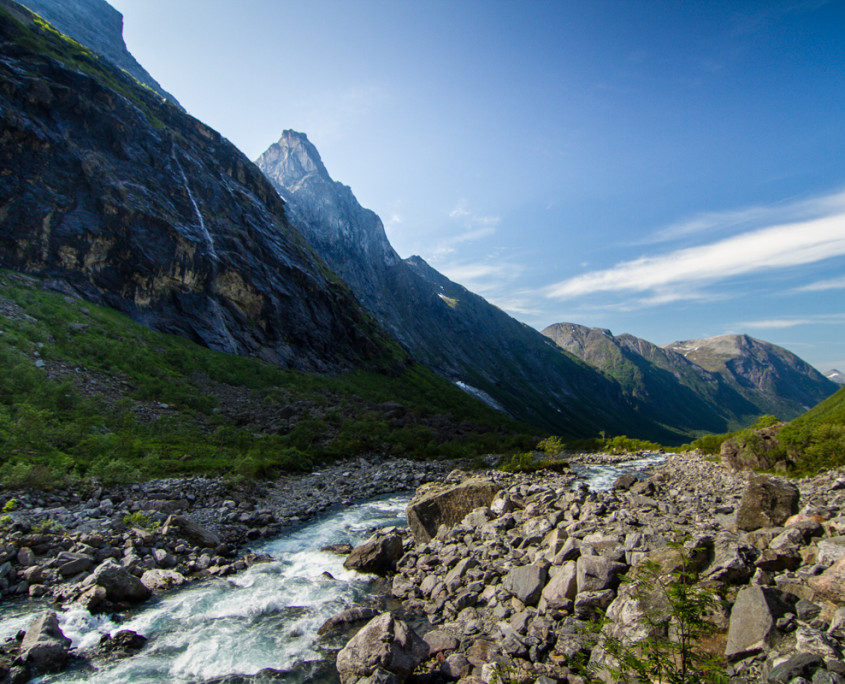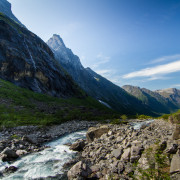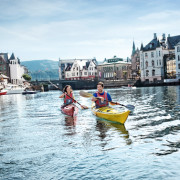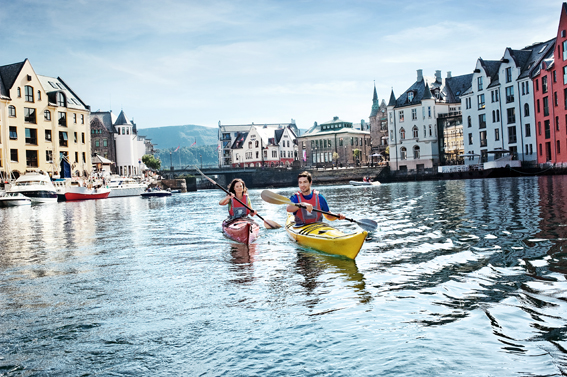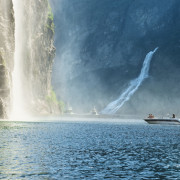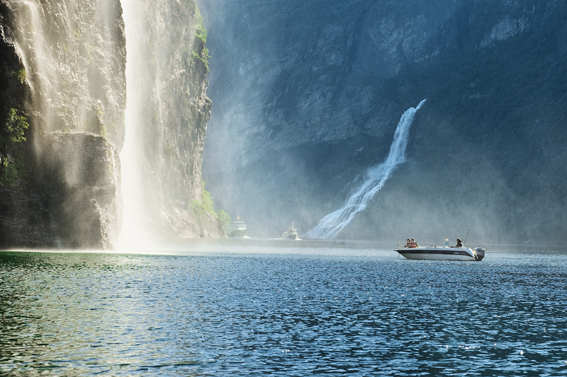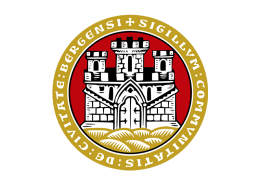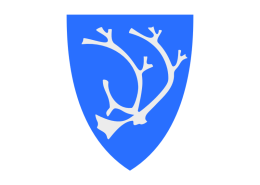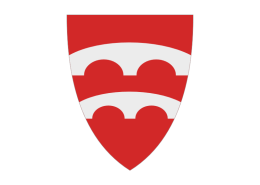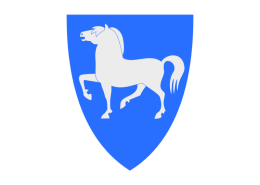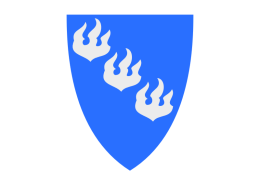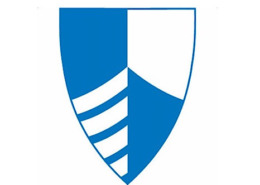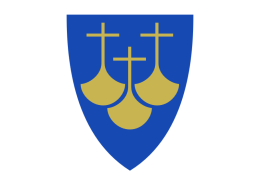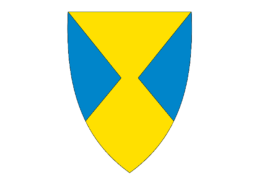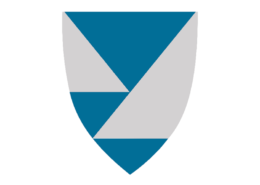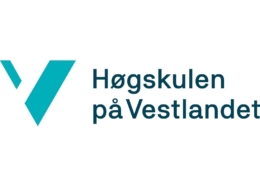Møre og Romsdal county is located in a landscape with coasts and fjords, in a region characterized as Mid Norway, or the Northwest-Norway.
The county is bordering the three counties, Sør Trøndelag in the east, Oppland in the south-east and south-west we find Sogn og Fjordane. Our county is again divided in three shires, Sunnmøre, Romsdal and Nordmøre. Sunnmøre is the biggest of these three with about 132 000 inhabitants. The three biggest cities in Møre og Romsdal are Ålesund, Molde and Kristiansund. The county administration is placed in Molde.
The county covers an area of 15 121 km2 and comprises 36 municipalities. Being close to both the Atlantic Ocean and the Golf Stream affects the county’s climate. It is mild much like the rest of Western Norway and Trøndelag, but with the characteristic that the temperature could be fairly high during the winter.
Møre and Romsdal is a county of contrasts, with great variations in landscape within short distances. We have high mountains with peaks that the glaciers do not cover, hills and mountain with green hillsides and plains as well as beaches out towards the sea and ocean. The fjords extend deep into the mountains.
Ever since the first people discovered the way to the coast of Møre, ten to twelve thousand years ago, the closeness to the ocean and the resources in the nature has been the lifeline in the population. Fishing, shipping and ship building is today, together with the oil- and gas resources, the most important industries in Møre og Romsdal.
Outside the coast of Møre og Romsdal, the history of the oil- and gas is a modern industrial adventure. In 1997, a big gas field called Ormen Lange located about one hundred kilometers northwest of Kristiansund, was discovered. This is the second largest gas field found in the Norwegian continental shelf. The gas from Ormen Lange is piped to Nyhamna outside Kristiansund, and then exported to Europe. The petroleum business in Kristiansund is the base for the ships which operates in northern parts of the North Sea.
In Sunnmøre, especially in the small city Ulsteinvik, there are major companies who dominate when it comes to ship building, ship design and production of ship equipment for fishing and oil production delivered to the rest of the world.
Møre og Romsdal is the largest fishery county in the country when measured in value of export, and it is fished and produced 8 times more fish here then the entire population of Norway can manage to eat. Fresh, frozen and salted fish find its way from Møre og Romsdal and out in the big world.
Other important industries in the county are the furniture industry, with products like the “Stressless” from Ekornes, and a company called Stokke with innovative chairs and strollers. Møre og Romsdal is also a county for food production, and besides milk and meat, they also have a jam industry in Valldal.
Tourism is important and is constantly developing with focus on activities, culture and different experiences. The county has a diversity of attractions by the coasts, in the cities, in the villages by the fjords and in the mountains. Trollstigen (“The Troll Ladder”) and the Atlantic Road is to of Norway’s largest attractions for tourists. Geiranger and Ålesund are among the most popular destinations for cruise ships, and the Geiranger Fjord is now listed at UNESCOs World Heritage List. Moldejazz, a jazz festival in the city of Molde, is one of the big cultural events in the area and each summer it attracts a regional, national and international public.
You can find more information about our county on our website and at fjordnorway.com.

